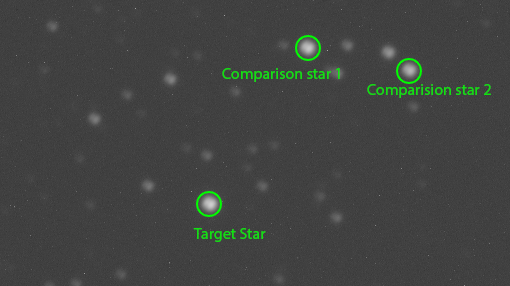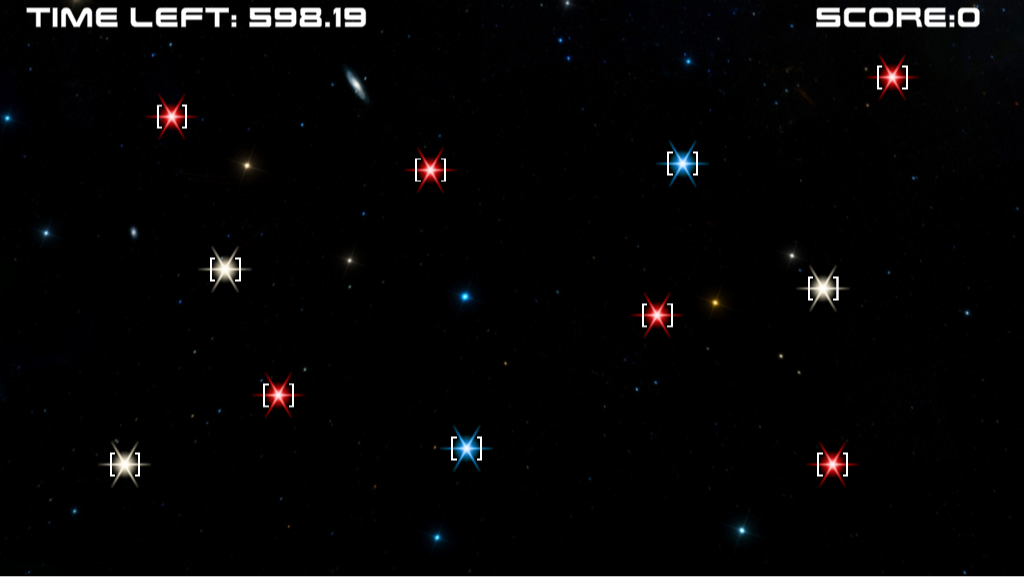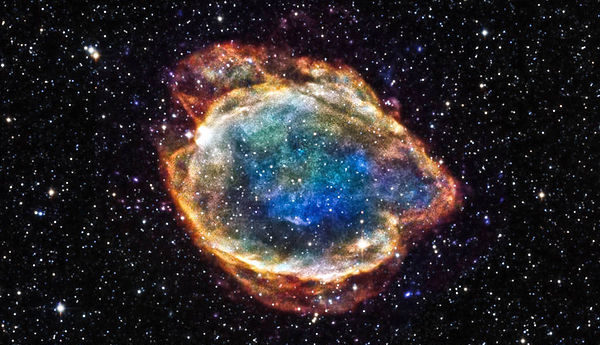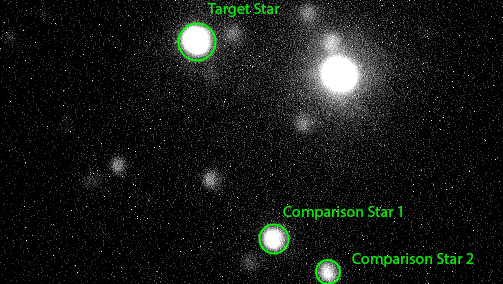Discover… stars that change in brightness
When you look up at the sky at night, the Universe seems serene. Perhaps you will see a meteorite in a flash of light, or a satellite passing by. But our eyes are not well equipped to study changes in the brightness of individual stars or star-like objects. To study how the brightness of an individual star changes with time, you must first obtain many images of the region of the sky that includes the star. Then you can analyze these images with a choice of different software tools. The tool we have provided in the examples linked below is called JS9-4L (abbreviated as JS9). It is a Java-based toolkit, based on the DS9 software which is used by professional astronomers. The “4L” indicates that these tools were designed specifically for learners such as yourself. You can choose to study three types of varying stars: a star that dims when an exoplanet passes in front of it, a star that explodes in a supernova outburst in a distant galaxy or a star called a Cepheid variable that brightens as it expands and dims as it contracts. For each of these variable stars, you will create your own light curve – the brightness of the star vs. time. There is also an introductory “game” that will teach you more about exoplanet transits. Click on any of the tiles below to start discovering more about your Universe!







